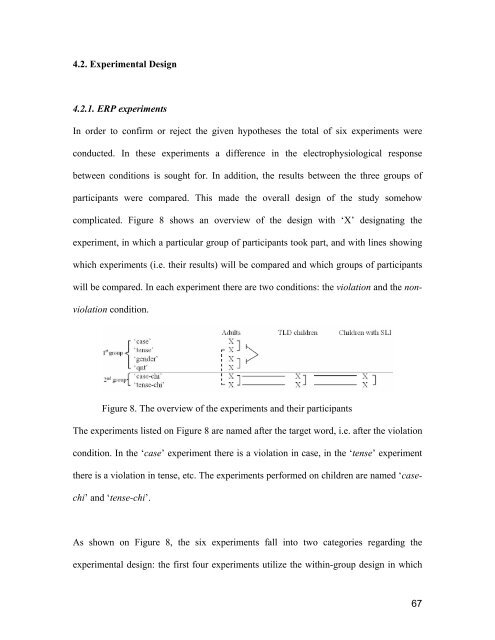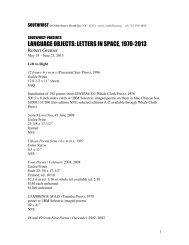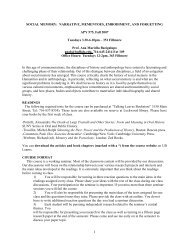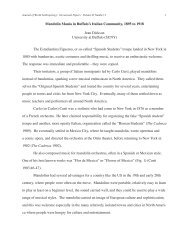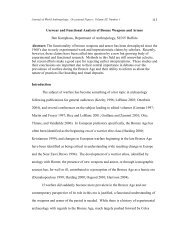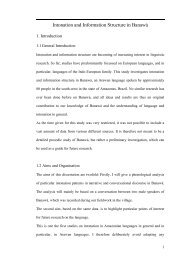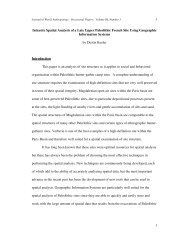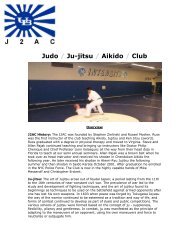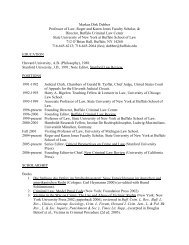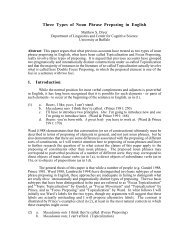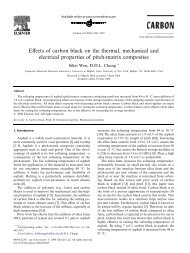Electrophysiological Evidence for Sentence Comprehension - Wings
Electrophysiological Evidence for Sentence Comprehension - Wings
Electrophysiological Evidence for Sentence Comprehension - Wings
You also want an ePaper? Increase the reach of your titles
YUMPU automatically turns print PDFs into web optimized ePapers that Google loves.
4.2. Experimental Design<br />
4.2.1. ERP experiments<br />
In order to confirm or reject the given hypotheses the total of six experiments were<br />
conducted. In these experiments a difference in the electrophysiological response<br />
between conditions is sought <strong>for</strong>. In addition, the results between the three groups of<br />
participants were compared. This made the overall design of the study somehow<br />
complicated. Figure 8 shows an overview of the design with ‘X’ designating the<br />
experiment, in which a particular group of participants took part, and with lines showing<br />
which experiments (i.e. their results) will be compared and which groups of participants<br />
will be compared. In each experiment there are two conditions: the violation and the non-<br />
violation condition.<br />
Figure 8. The overview of the experiments and their participants<br />
The experiments listed on Figure 8 are named after the target word, i.e. after the violation<br />
condition. In the ‘case’ experiment there is a violation in case, in the ‘tense’ experiment<br />
there is a violation in tense, etc. The experiments per<strong>for</strong>med on children are named ‘case-<br />
chi’ and ‘tense-chi’.<br />
As shown on Figure 8, the six experiments fall into two categories regarding the<br />
experimental design: the first four experiments utilize the within-group design in which<br />
67


